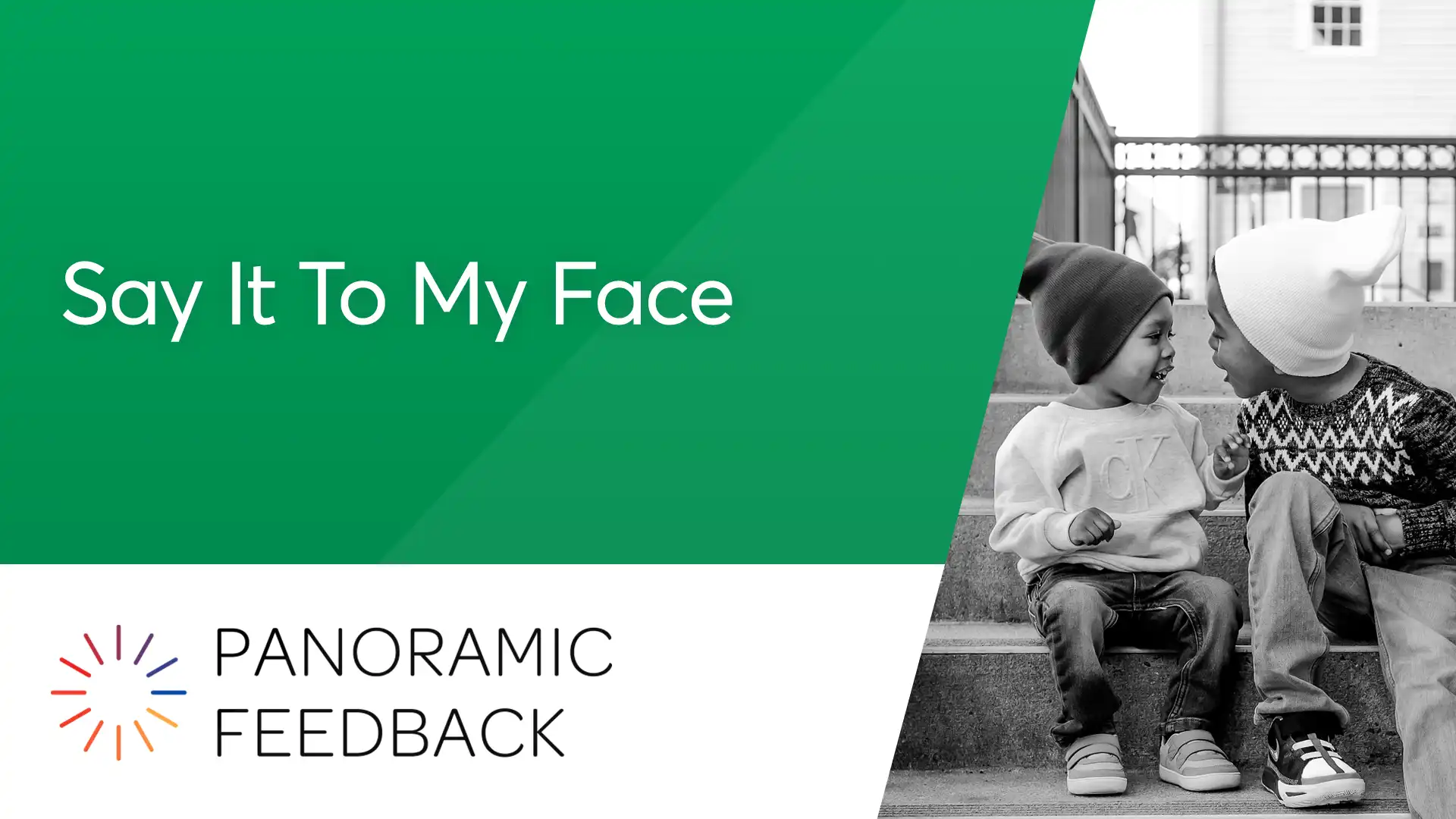“If it’s worth saying, say it straight to my face.”
That’s the slogan of some who question the place of 360-degree feedback in the workplace. They don’t believe that feedback should be mediated or anonymous.
360-degree feedback joined the army
360-degree feedback got its start in the US army about 60 years ago. Its leaders recognized that the forces would become more effective if personnel saw themselves through the eyes of others.
But they were also realistic. Given the authoritarian nature of an army, they knew that no one would provide frank feedback unless they were protected from recrimination.
Confidentiality became an essential part of the process.
360-degree feedback spread to the private sector
During recent decades, businesses, governments, and other organizations have recognized that a freer flow of information internally, including feedback, would make them more effective.
They adopted 360-degree feedback to encourage employees to use frank information about their performance as a stimulus to growth.
Why 360-degree feedback confidentiality continues
At the same time, they recognized that people join the organization to earn a living and help it accomplish its aims. Employees are not particularly interested in risking their future by confronting colleagues.
They also recognize that they have staff who claim to welcome feedback, but can’t handle it.
Ironically, the “say it to my face” people are often the most difficult to give feedback to. With exceptions, they tend to be more doctrinaire, less self-aware, and less empathic. Some get angry, some sulk, others simply ignore.
Organizations know that a single explosion as a result of informal, “say it to my face”-type feedback, can trigger a costly loss of morale.
That’s why most people take the “say it to my face” argument with a grain of salt.
And why organizations continue to support the kindly, sustaining commitment of confidentiality that 360-degree feedback provides.


